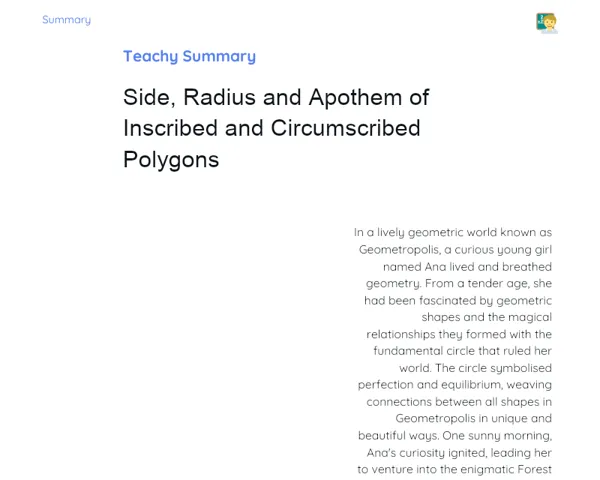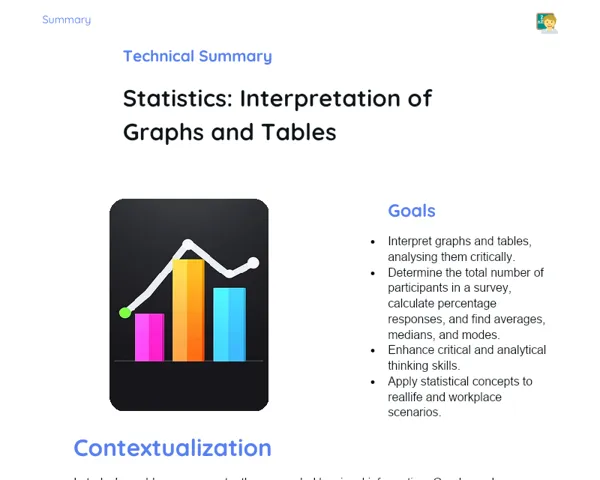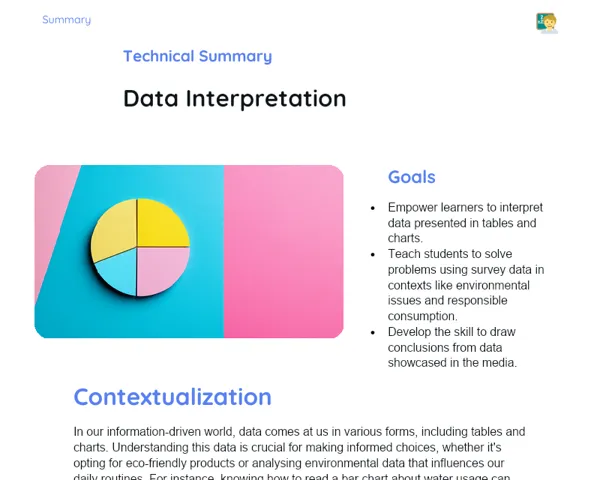Goals
1. Identify what a repeating decimal is.
2. Convert a repeating decimal into a fraction.
3. Understand that 0.999... is equivalent to 1.
Contextualization
Repeating decimals are those infinite decimal numbers where one or more digits keep popping up again and again. We come across them quite often in our day-to-day lives, especially when dealing with financial matters or precise measurements. For instance, when we look at the interest rates on loans, it's common to see repeating decimals, and grasping their value is essential for making accurate financial calculations. Engineers also encounter these in their work as precision in measurements is critical for the safety and success of their projects.
Subject Relevance
To Remember!
Concept of Repeating Decimal
A repeating decimal is a decimal number with a segment that continues infinitely. For example, 0.333... is a repeating decimal where the digit 3 goes on forever. This concept is key in mathematics, as it allows for the precise representation of certain values, even when they are infinite.
-
Simple repeating decimal: this has a single digit repeating, like 0.666...
-
Complex repeating decimal: this has a group of digits that repeat, such as 1.272727...
-
Importance: it aids in accurately representing certain decimal values that can’t be expressed as finite fractions.
Converting Repeating Decimal to Fraction
To convert a repeating decimal into a fraction, we apply an algebraic technique that involves forming an equation to represent the decimal. This method helps in finding an equivalent fraction, making calculations simpler.
-
Algebraic method: set the decimal as a variable in an equation.
-
Subtracting equations: use the established equations to eliminate the repeating section and solve for the variable.
-
Example: For 0.333..., we have x = 0.333... and 10x = 3.333..., subtracting gives 9x = 3, hence x = 1/3.
Proof that 0.999... equals 1
The proof that 0.999... equals 1 showcases an interesting aspect of mathematics, illustrating how two different representations can represent the same number. This is important for grasping mathematical concepts and the understanding of infinite decimals.
-
Algebraic method: similar to converting repeating decimals, an equation is formulated.
-
Equation: set x = 0.999..., then 10x = 9.999..., subtracting gives 9x = 9, therefore, x = 1.
-
Conclusion: 0.999... is an infinite decimal representation of the number 1.
Practical Applications
-
Financial calculations: using repeating decimals to accurately compute interest rates and repayments.
-
Engineering: applying it in modelling physical phenomena and ensuring precise measurements in projects.
-
Computing and cryptography: employing repeating decimals in algorithms that necessitate high accuracy in calculations.
Key Terms
-
Repeating Decimal: an infinite decimal number with a continuously repeating part.
-
Generating Fraction: a fraction that accurately represents a repeating decimal.
-
Decimal Equivalence: the idea that particular repeating decimals equal whole numbers, like 0.999... being equal to 1.
Questions for Reflections
-
How can understanding repeating decimals help you tackle financial issues in your daily life?
-
In what ways will converting decimals into fractions benefit you in your future career?
-
Why is the proof that 0.999... equals 1 crucial for understanding the nature of infinite decimal numbers?
Challenge of Converting Infinite Digits
In this mini-challenge, you’ll put your understanding of repeating decimals to the test by converting them into fractions.
Instructions
-
Select a repeating decimal from the list provided in class.
-
Use the algebraic method to convert the decimal to a fraction.
-
Document each step of the transformation process, explaining the key points.
-
Validate your answer by converting the fraction back to a decimal and comparing it with the original.
-
Share your findings and discuss them with a peer or group.



